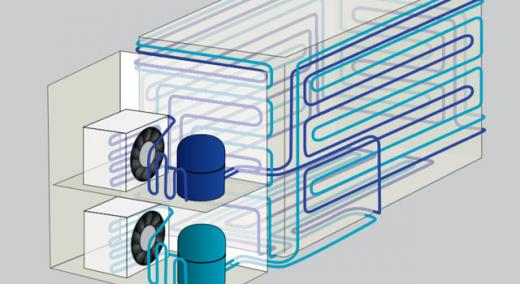Ultra-low temperature freezers became popular due to the storage of Covid-19 vaccines, but they have been important components of laboratories for many years. There’s a lot, however, to think about—quality, productivity, maintenance, different types of technology, warranties, etc. And if you end up with the wrong unit, you could incur unnecessary expenses or delays.
|
ADVERTISEMENT |
In this guide, we’ll talk about some of the most important factors when purchasing an ultra-low temperature (ULT) freezer so you can end up with the right unit for your laboratory needs and budget.
Types of ultra-low temperature freezers
An ultra-low temperature freezer is a unit that preserves and stores biological samples within a temperature range of -50°C to -86°C. First, let’s quickly review the two different types of ultra-low temperature freezers:
…

Add new comment